A fun-filled last week!
It has been a jam packed week in Year 3!
A highlight was definitely our school trip to Magna. The children loved exploring the four different pavilions: air, wind, fire and earth. A class favourite was definitely seeing the fire tornado!
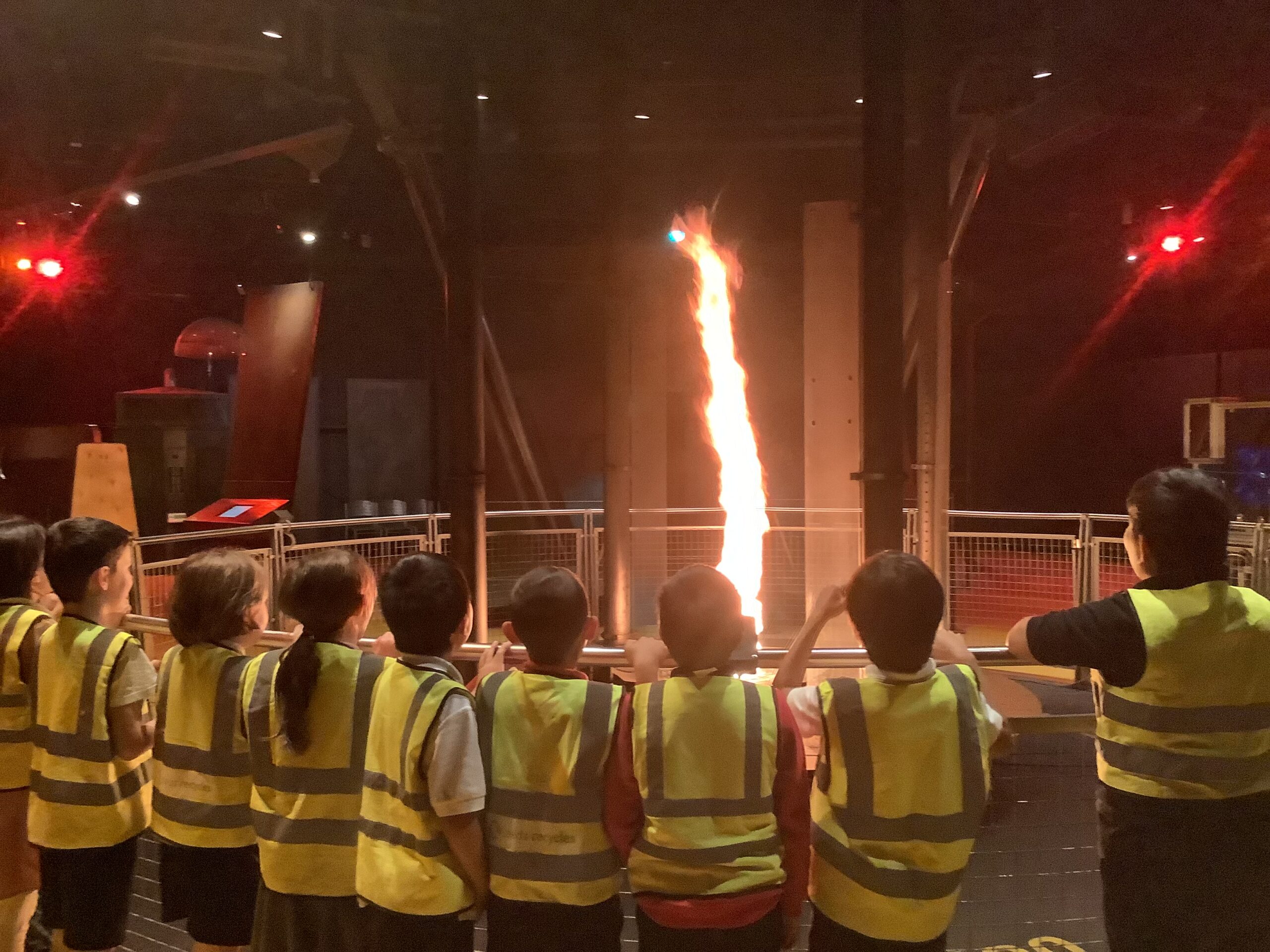


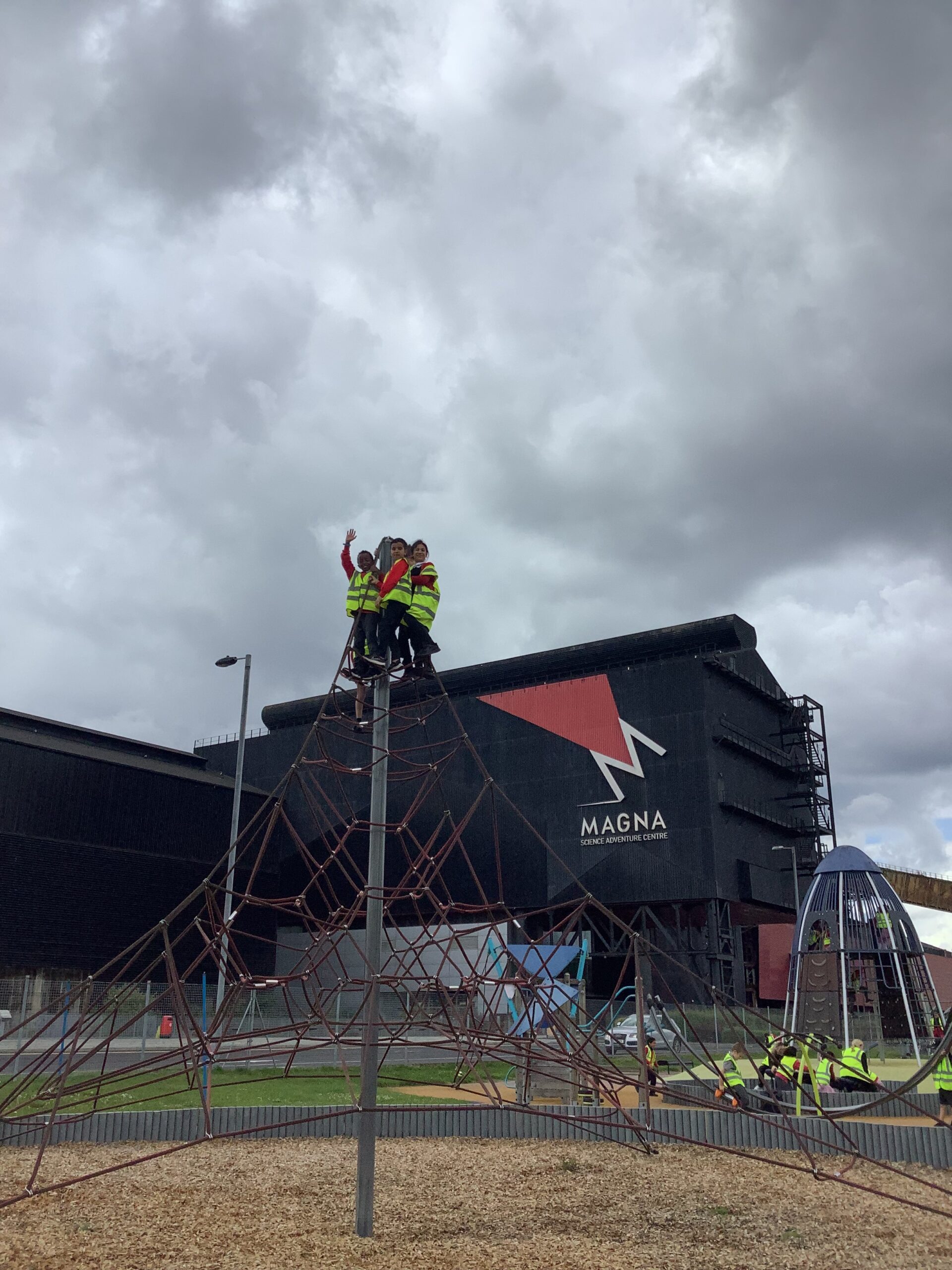
We finished our go-karts and tested them in the hall. They all moved freely which met our design criteria.

Today, we propagated our much loved Swiss Cheese plant. We have placed our cutting in some water and hope that some roots have grown by the time we come back in September!

On behalf of Mrs Burgess, Mrs Maqbool and myself, thank you for a great year. Thank you all very much for our lovely gifts – we feel spoilt!
Have a great summer and see you in September!
Have a happy and healthy summer
Mrs Taylor, Mrs Lake and Mrs Roth would like to thank you for all our kind and generous gifts and cards.
We have had a great year with the children and it has been a pleasure to teach them and see how much they have progressed and matured over the year. We shall miss them!
We hope you all have a happy and healthy summer holiday.
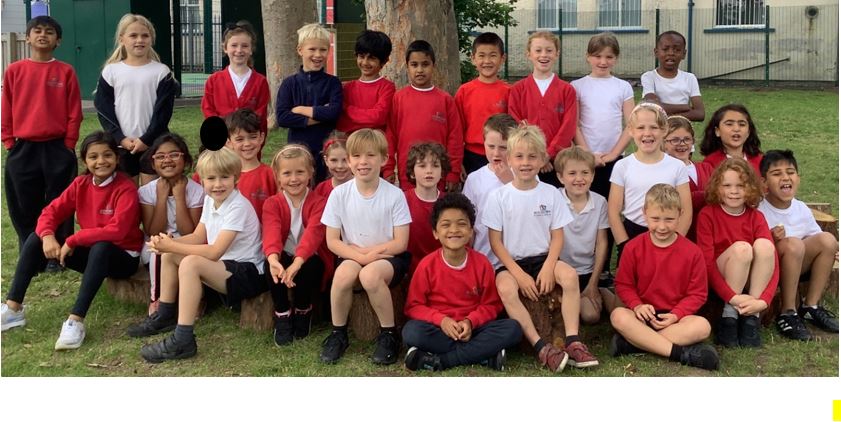
Fun and games!
In Year 1 and Year 2, we’re enjoying our last day of the term with board games, construction toys and colouring. The children have had a wonderful morning playing, smiling and working together.
Have a happy and healthy summer holiday!
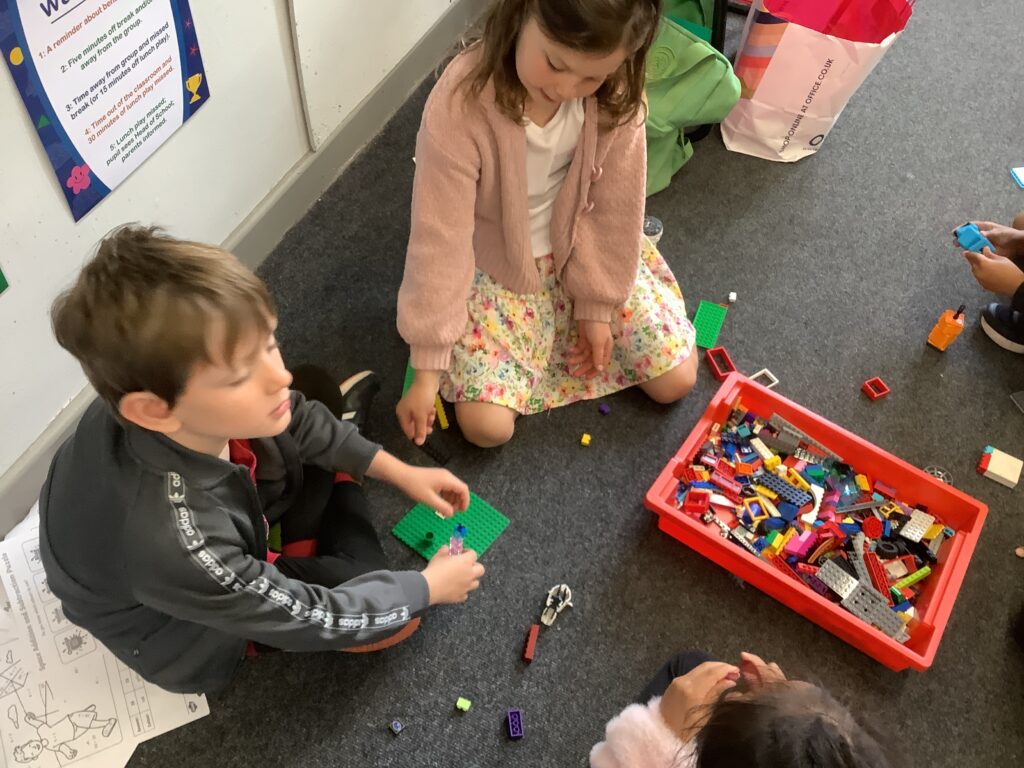


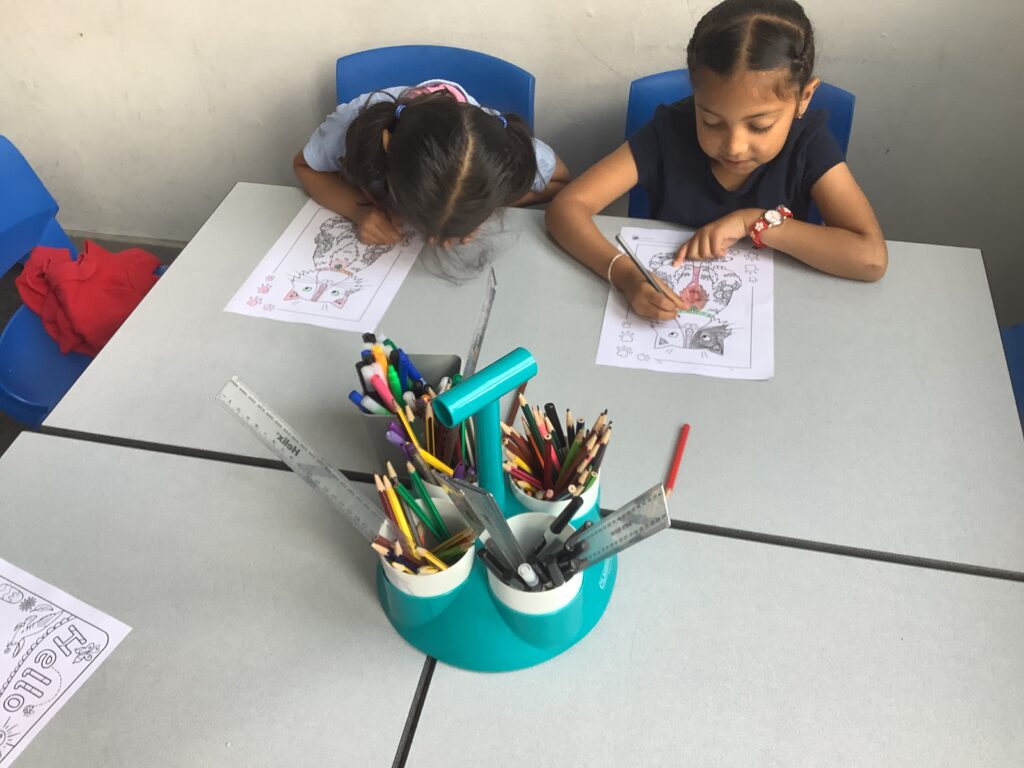

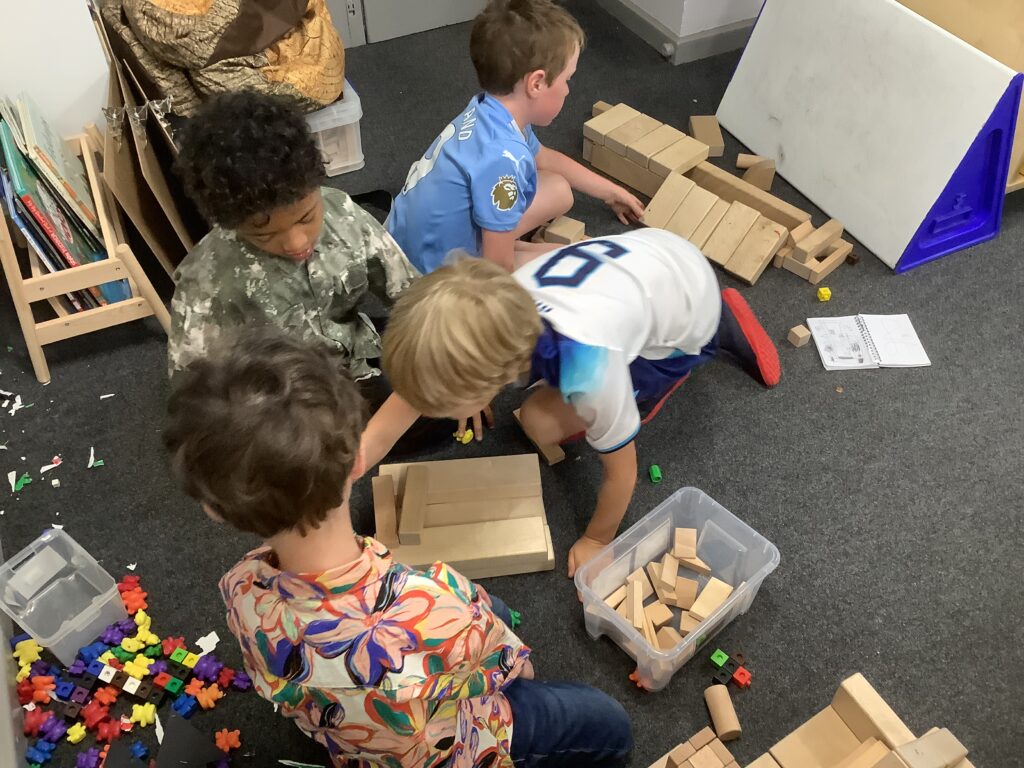
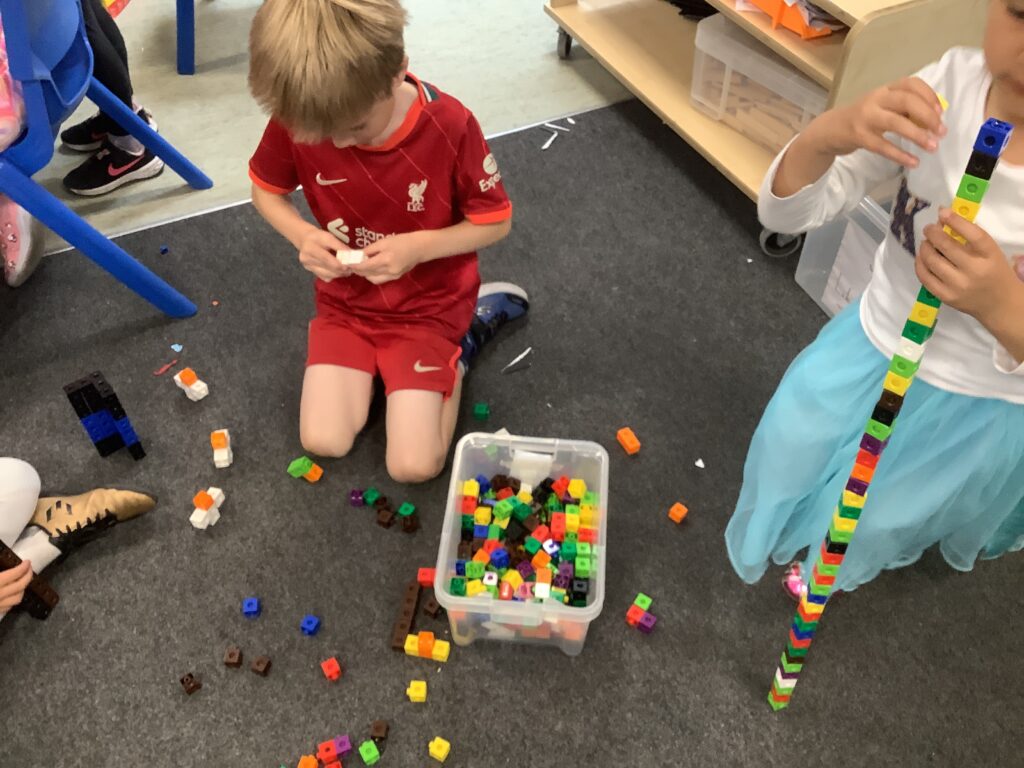
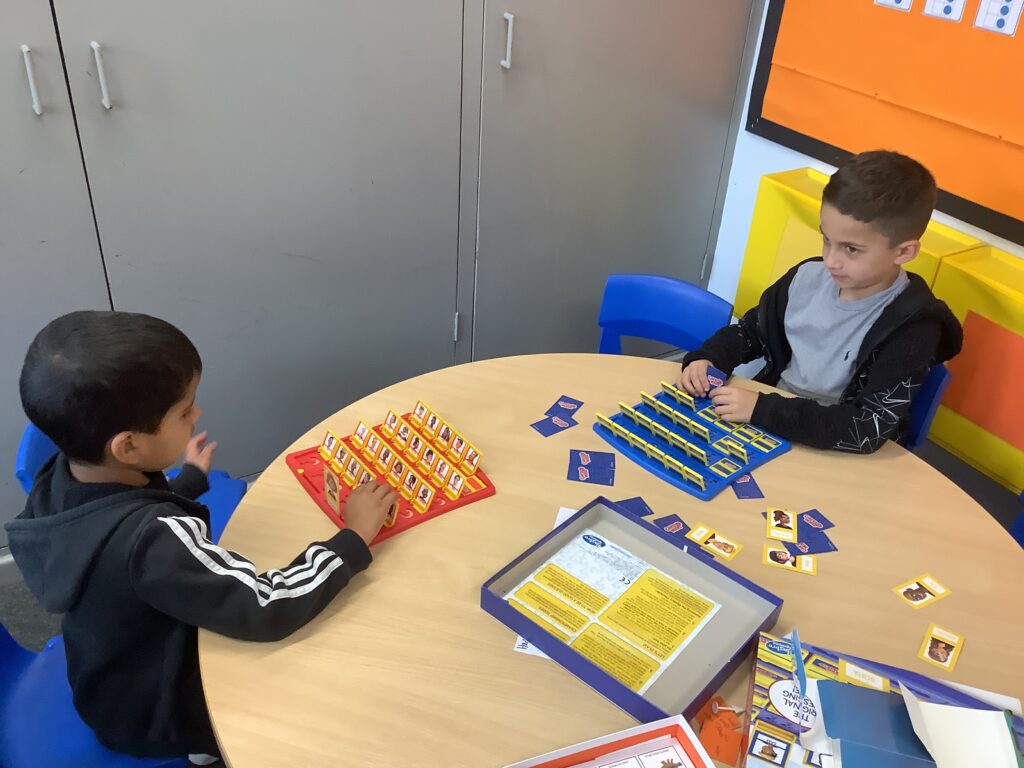
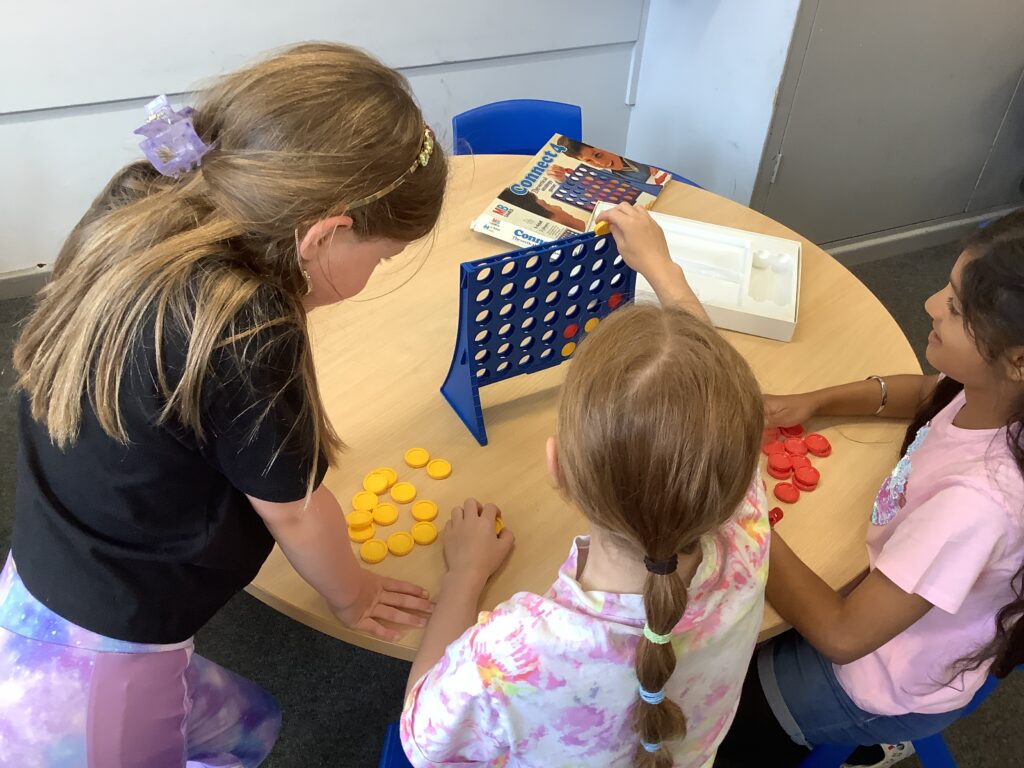

A SMASHING masterpiece!
Yesterday, the children finished off their Eggy’s cars. They added safety features like seat belts, crumple zones and a roll cage. Take a look at their fabulous work!
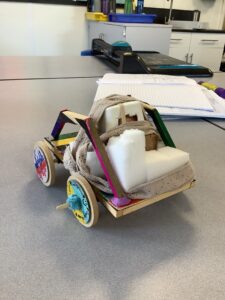
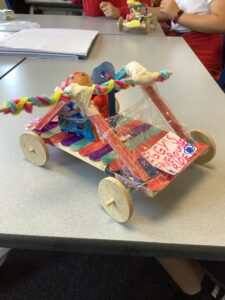
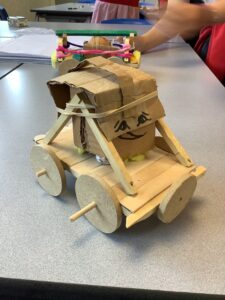
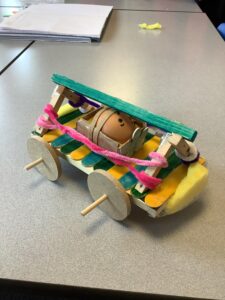
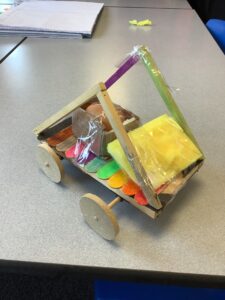
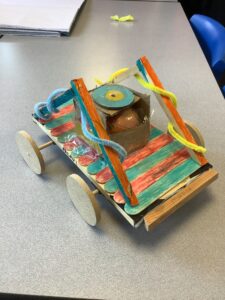
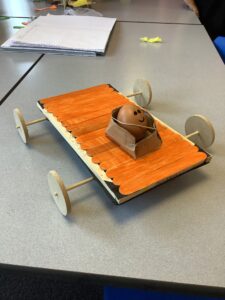
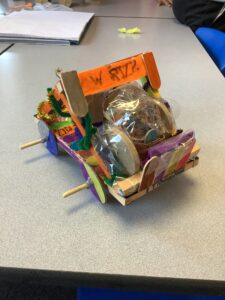
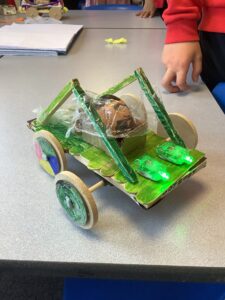
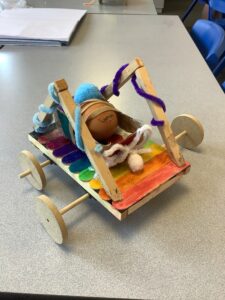
To complete our DT project, the children then had to test their cars against the design brief. We completed three tests:
- if it was moveable (roll test);
- if it would protect Eggy when the vehicle crashed (crash test);
- and if it was driveable day and night (headlight test).
For the crash test, the children pushed their cars down a ramp into a wall to see if Eggy would still be in intact. Take a look at our SMASHING experiment!
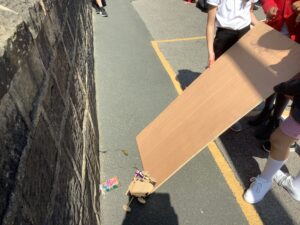
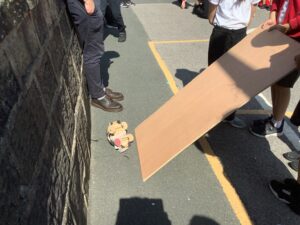
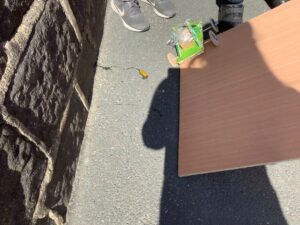
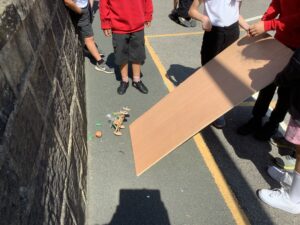
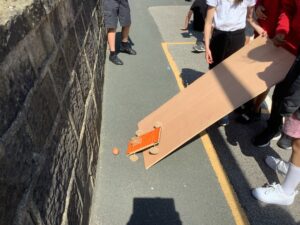
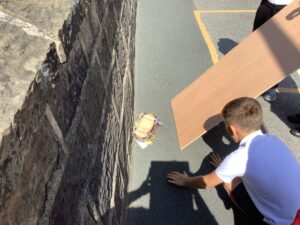
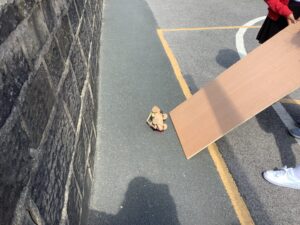
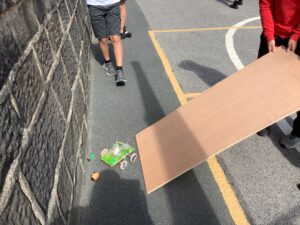
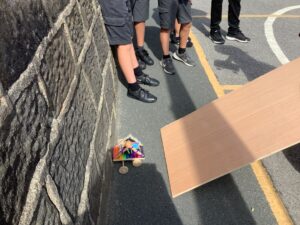
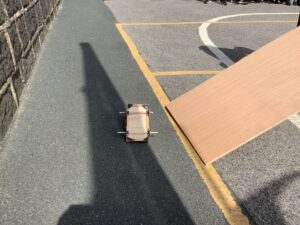
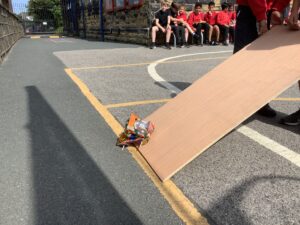
Introducing Eggy the Eggs!
Today the children created their Eggy the Egg characters for their DT projects. Introducing:
Squibbly 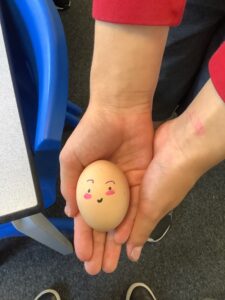
Vampire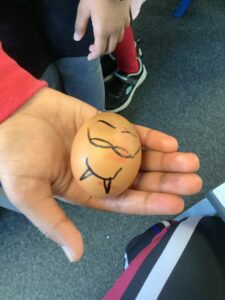
Evely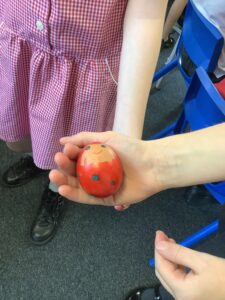
EJ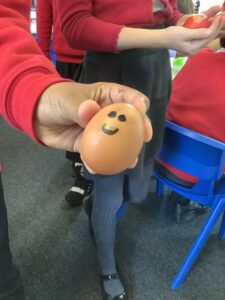
Mark Dogeburg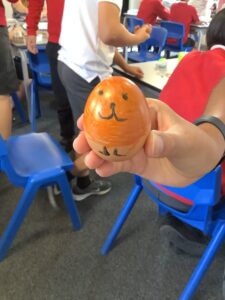
Gigachad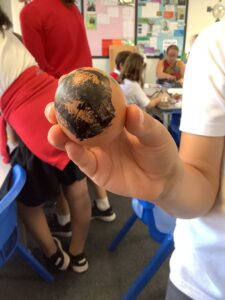
007 Eggy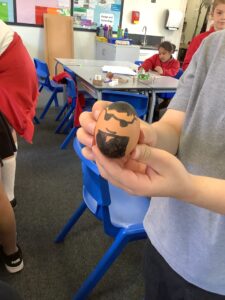
Bob Ross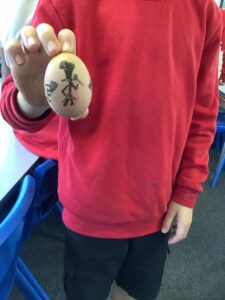
Scotch 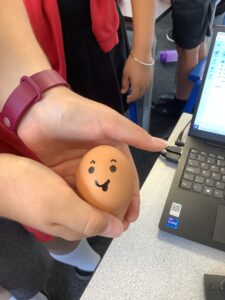
Baldy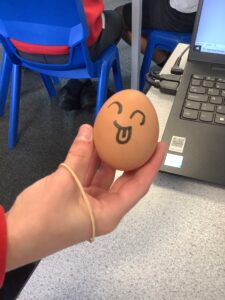
Science: animals (including humans)
This half term, our science learning has been all about animals including humans. We have been biologists. Here is the key vocabulary we have been learning and using.

This video introduced the learning by helping us to think about what animals need to survive – what are their basic needs?
This text helped us to learn about life cycles.

We carried out an investigation to see if older children have bigger heads (and they did!). Ask your child why that is.

Our latest science learning fit in well with our Being Healthy themed week learning all about exercise and why our body needs it and why it is important to have a balanced diet based on the Eatwell Guide.
Year 1 and 2 joined together for this learning.





Finally, we learnt about the importance of hygiene and keeping ourselves clean.
We also concluded our observations over time. Here is the tree in our front playground with photos taken in January, May and July. We discussed the differences between the photos and the reasons for these. Ask your child what type of tree this is and how they know.

Every week, we measure the temperature and we observe the weather. We looked at how these have changed over the year and the link between the seasons.

Help at home: Can your child suggest some ways they could become healthier at home?
Thank you to Roundhegians
We had a great sports day last Thursday and thanks go to Roundhegians Rugby Club for once again allowing us to use their great facilities.
Have a look at the options for rugby coaching available at the club.
We know the children appreciated it too.


Living and learning: Health Week
Last week was a themed week at Moortown – Health Week. Our whole school spent a week taking part in lots of different sessions about how to be healthy both physically and mentally.
We had a visit from Donna Russell at Active Schools who spoke to us about how to stay active and what a balanced diet looks like…

Katie from Skipping School helped us practise our skipping which we got to demonstrate to the rest of the school…
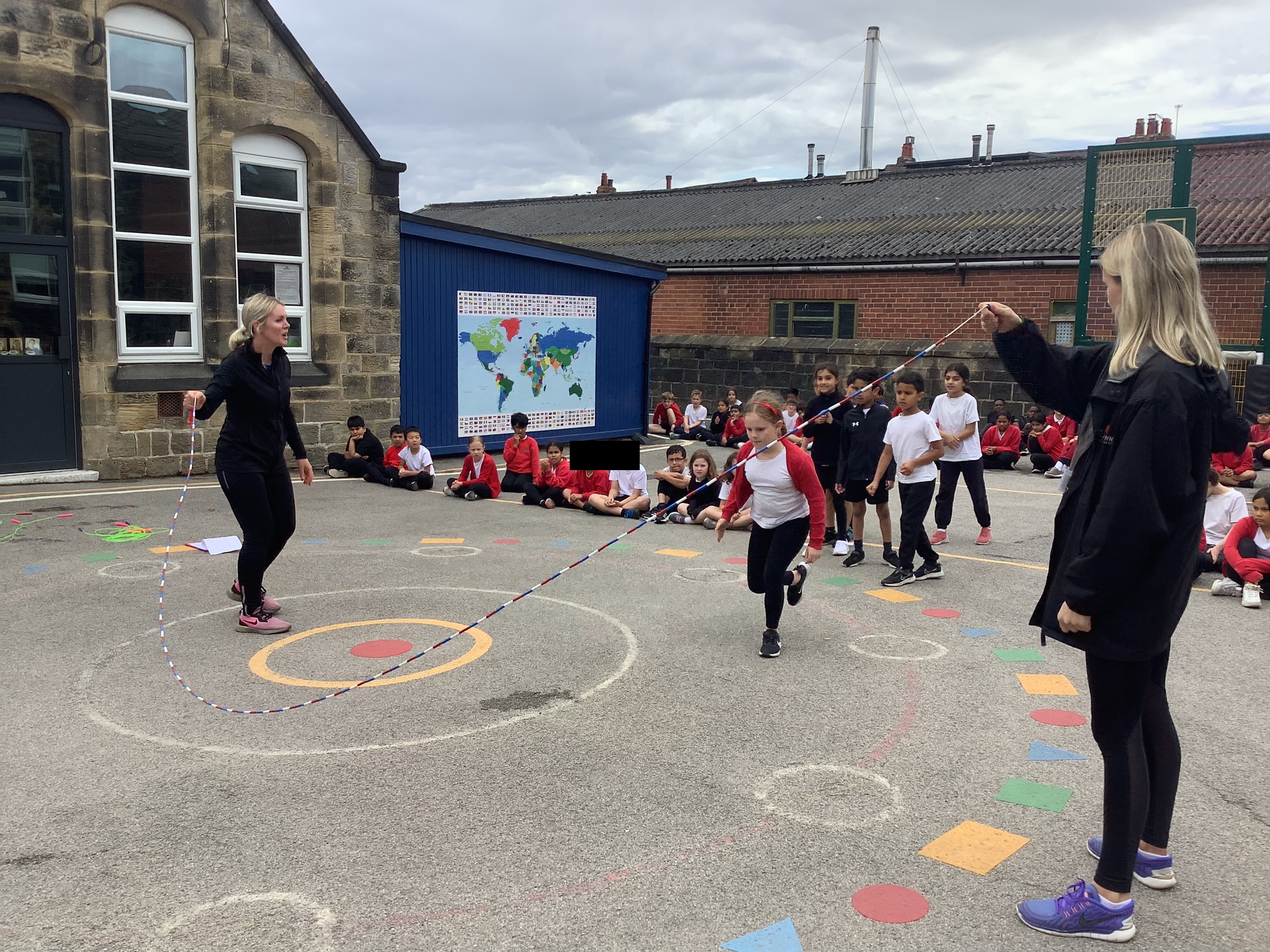
We competed in Sports Day…
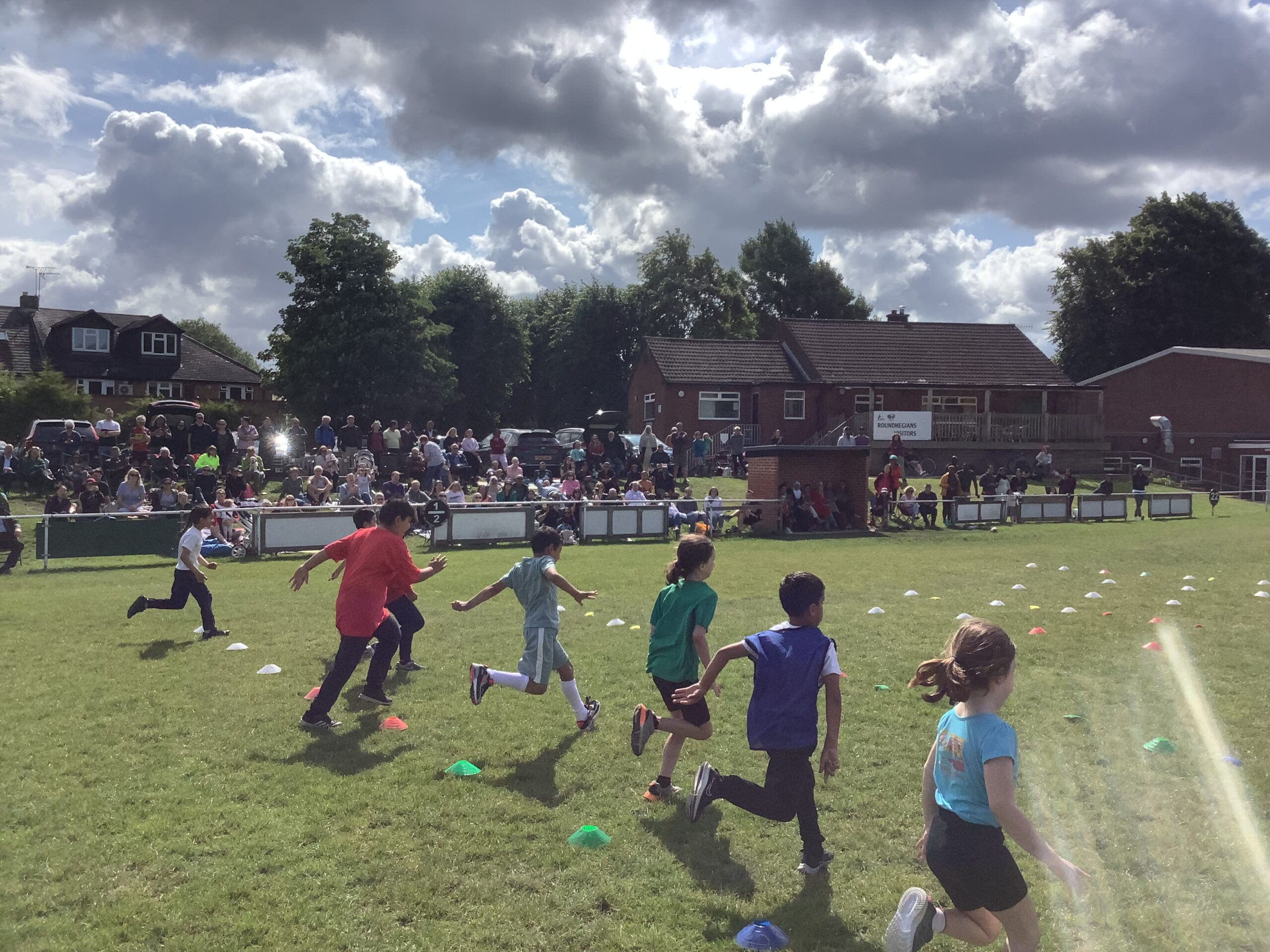
And took part in a British Military Martial Arts session!
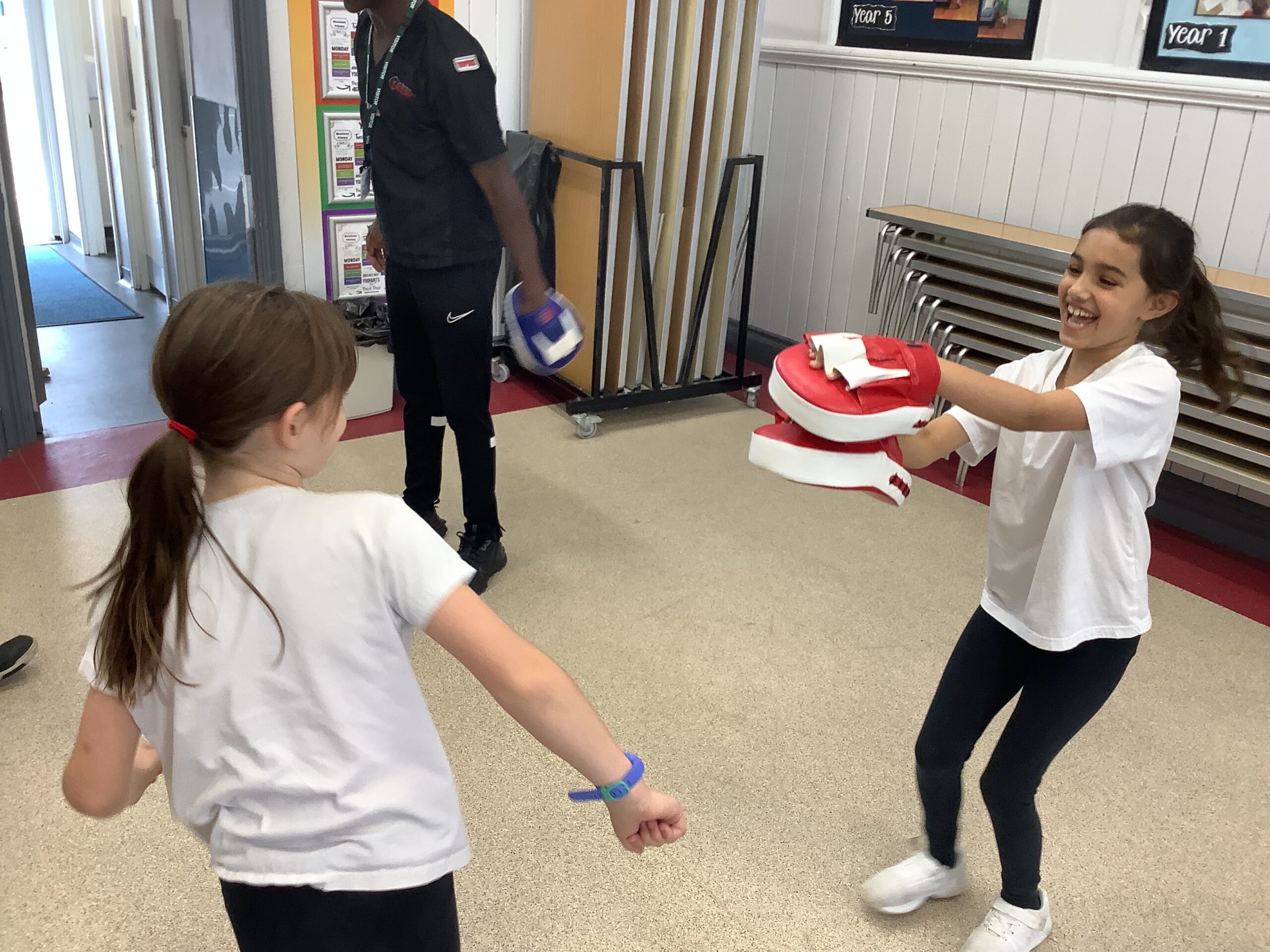
Help at home by asking your child what different types of food fit into these categories:
Carbohydrates, fruit and vegetables, dairy, fats and sugars and protein
Food technology
This week, Year 3 learnt how to make savoury scones in Food Technology.
We practised lots of practical skills such as chopping, grating and kneading!
The children loved trying their tasty treats and we hoped you liked them at home, too!
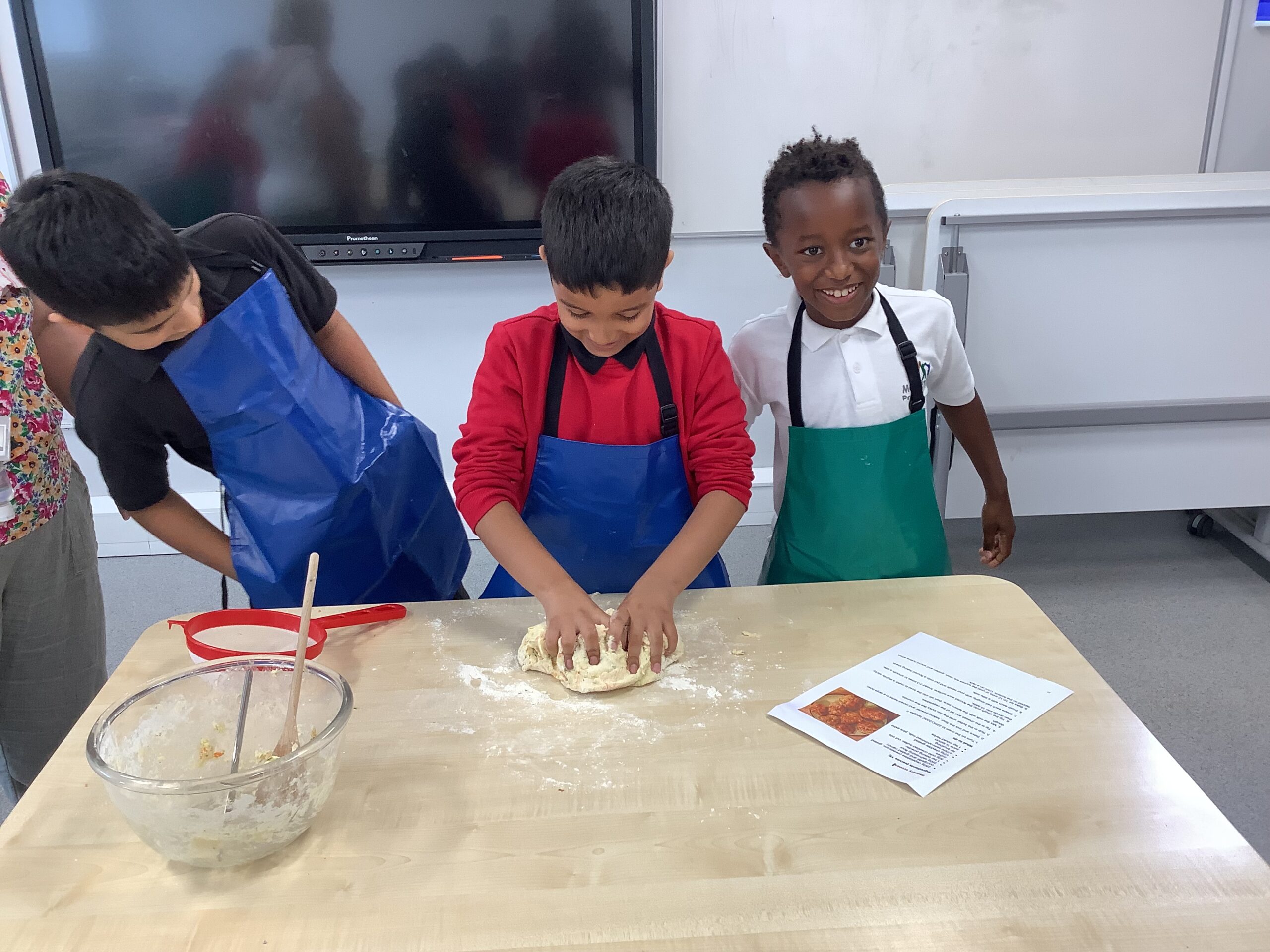
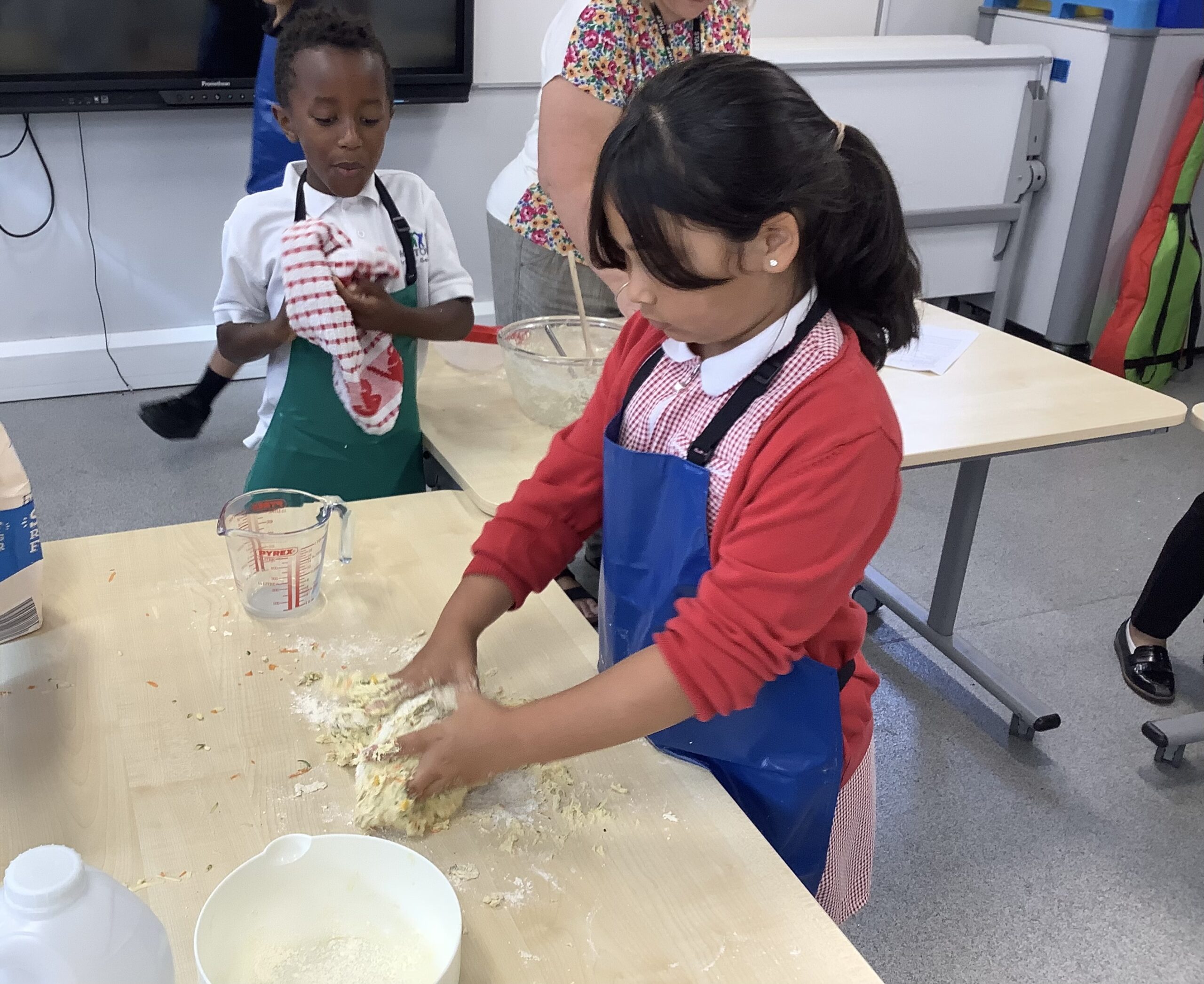

Food Technology – Savoury scones!
Today, Year 4 completed their final Food Technology session. This time, they made savoury scones! Some of us had never eaten a savoury scone before, let alone made them.
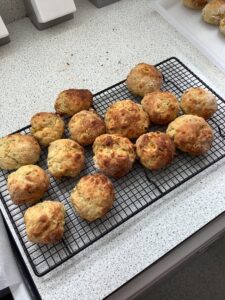
They had courgettes, carrot and sweetcorn in to make them filling and part of our balanced diets.
We worked in groups of 10 to make a batch of 15 scones so we all had to share the jobs. The two main skills we learned and practised were grating and kneading.
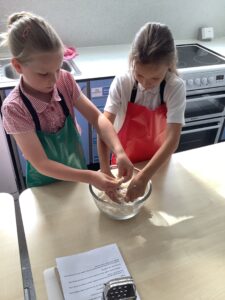
Grating the vegetables was tricky as we needed to keep the slippery grater up-right! The courgette was more difficult as it was moist.
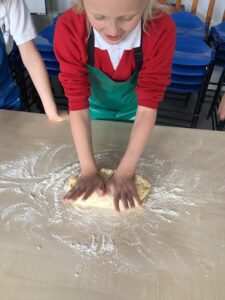
Kneading our dough was interesting as the dough was quite sticky. We needed to make sure our surface and hands had enough flour on to stop it from sticking everywhere.
Overall, we did a fantastic job and ALL of the children loved the flavour!
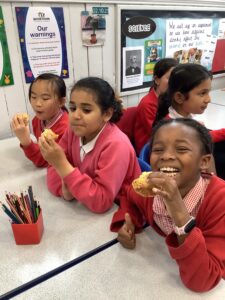

Help at home by using the recipe to remake the savoury scones using different vegetables! The children thought that pepper and tomatoes could be tasty…